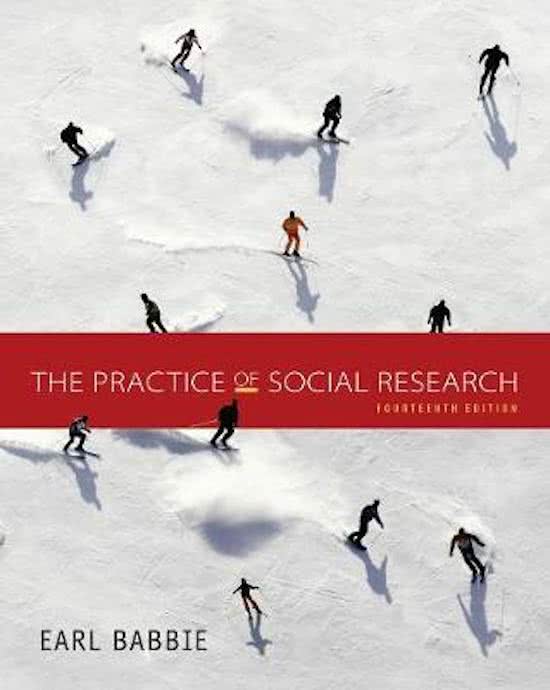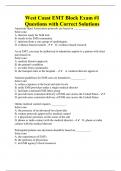Samenvatting
Research Methodology and Descriptive Statistics Summary test 1 & 2
- Vak
- Instelling
- Boek
This is a summary (English) of the course Research Methodology from the pre-master program of University of Twente. The material of test 1 and test 2 are included in this summary. Test 2 consists out of unit 1 t/m 24, the accompanying articles and the pages from the book The Practice of Social Re...
[Meer zien]













